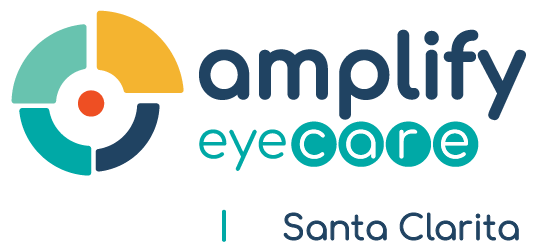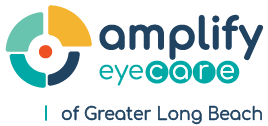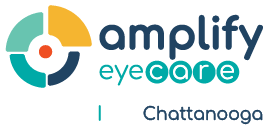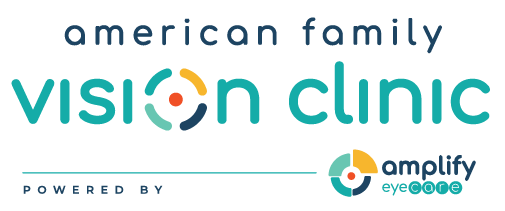Results: Fifty-four children were referred after first stage of screening of 13,241 children. Of these 14 were bilaterally blind giving a prevalence of 1.06/1000 (95% confidence interval (CI), 0.50 to 1.61); 6 (42.9%) had lens and related complications, 4 (28.6%) had globe anomalies (2 Microphthalmos and 2 Anophthalmos), 2 (14.3%) had retinal dystrophy and 1 (7.1%) each of glaucoma and optic atrophy. Among the parents of blind children, 71.4% (p = 0.002) had consanguineous marriage (83.3% in cataract blind children).
Conclusions: More than half of the blindness detected was potentially avoidable. Genetic counseling, early identification and access to tertiary care would reduce the burden of childhood blindness in the local community.










